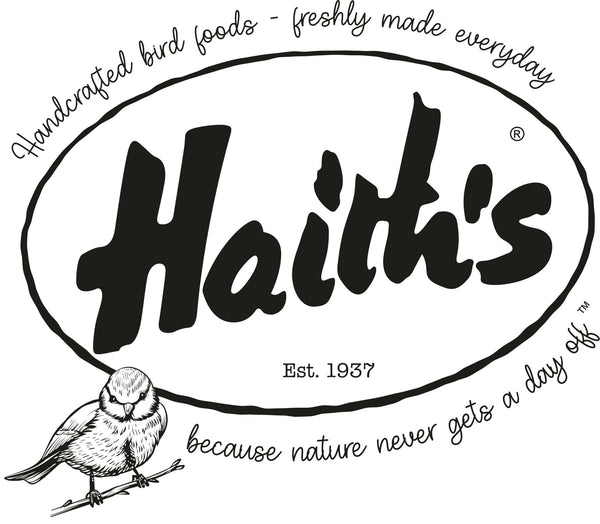Autumn in the garden & supporting wildlife as days shorten & temperatures dip.
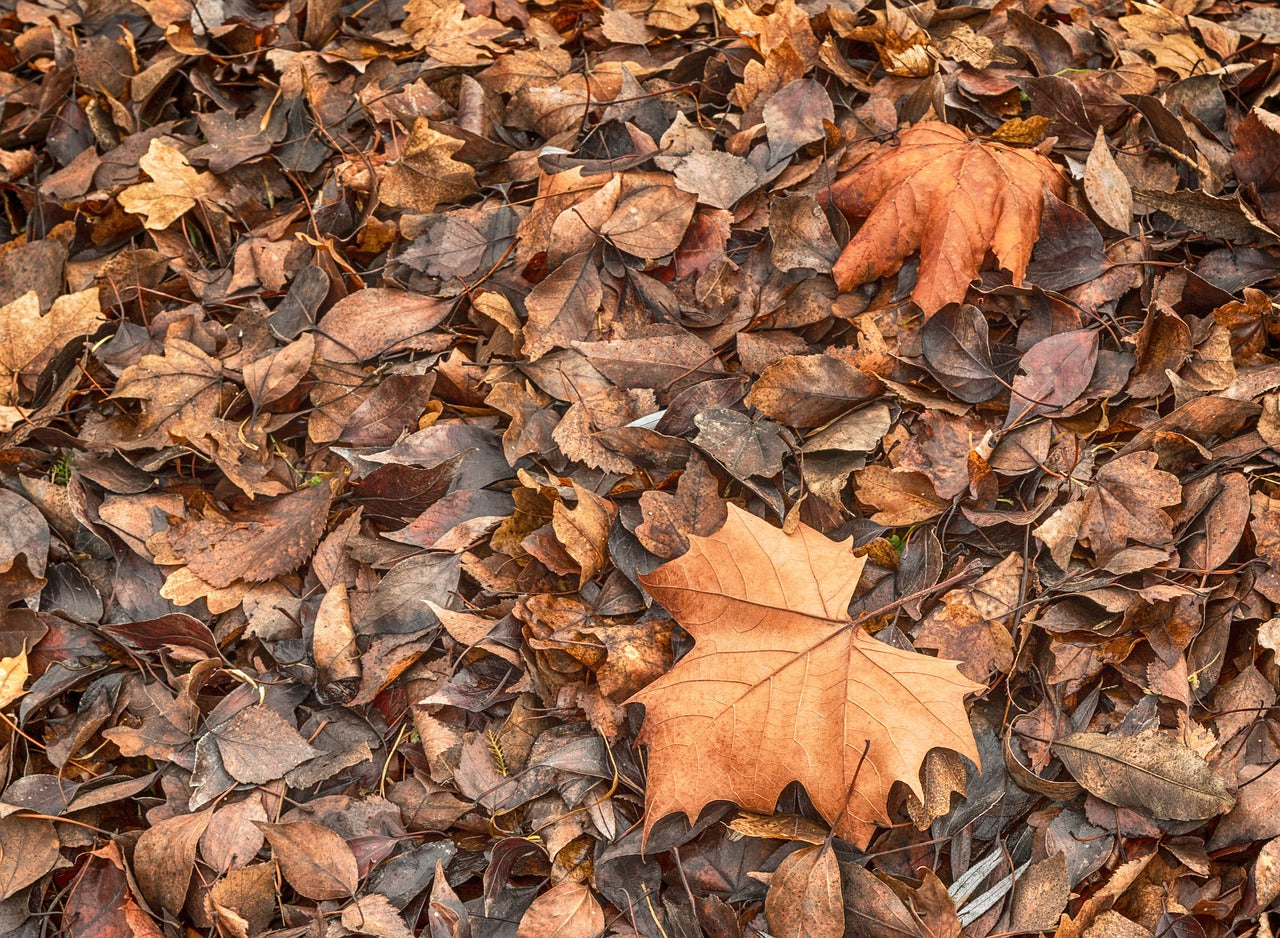
As summer fades, autumn sweeps in with shorter days, cooler nights, and the unmistakable rustle of fallen leaves underfoot. For many of us, this season is a time to enjoy rich colours, cosy evenings, and the satisfaction of putting the garden to bed for winter. But for garden birds, autumn is one of the busiest and most important times of the year. After months of raising chicks, defending territories, and moulting worn feathers, birds must now replenish their energy reserves. The colder months ahead demand extra fat and nutrition, yet natural food sources such as insects, berries, and seeds are already beginning to dwindle. By preparing your garden for autumn, you can make it a sanctuary not just for plants and soil, but also for the garden birds who rely on us more than ever at this time of year. So, is your garden autumn ready?
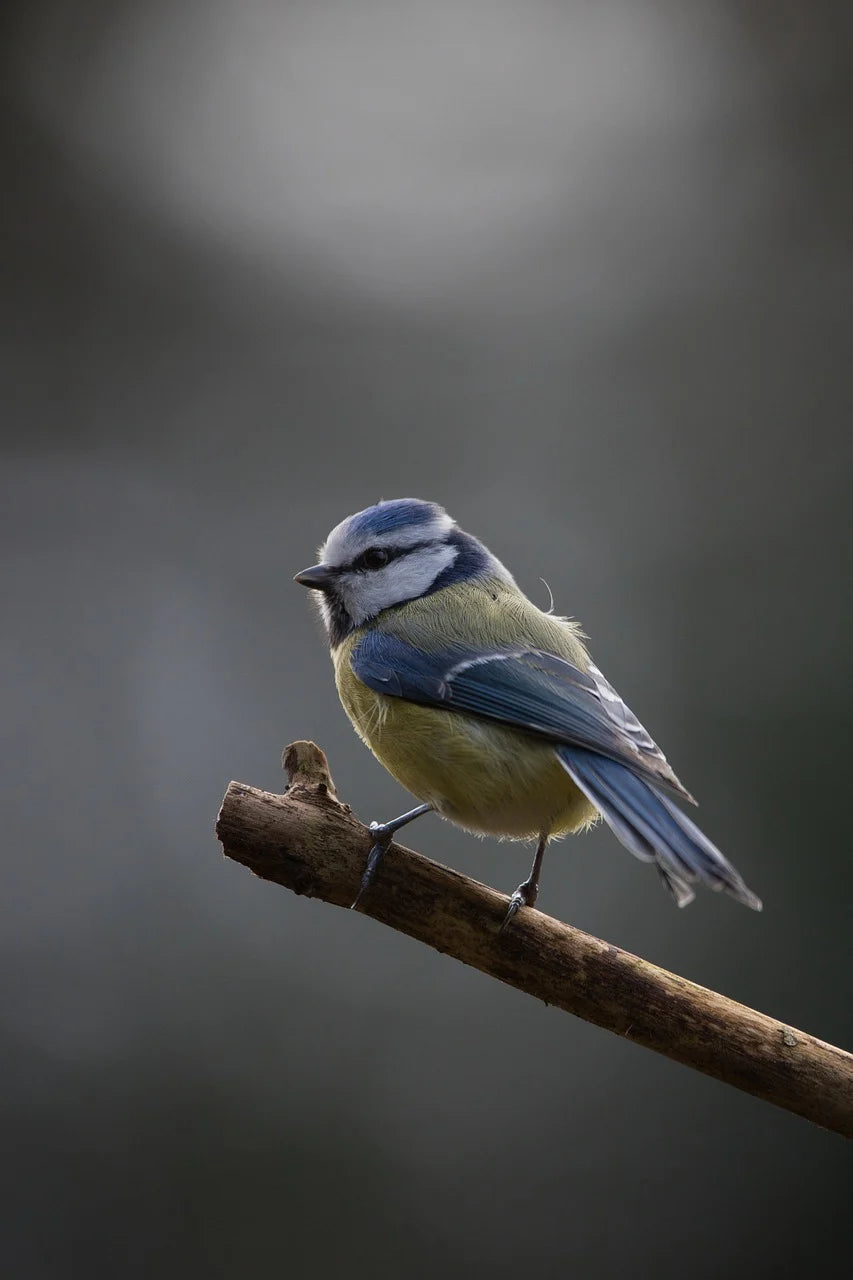
Autumn: A Crucial Season for Birds
It is easy to think of winter as the hardest time for wildlife, but autumn is when the real work begins. Birds are still recovering from the strains of breeding and moulting, and the pressure is on to build up fat reserves before frosts set in. Energy-dense foods are vital, as these small creatures burn calories quickly just to maintain body heat during chilly nights.
Autumn is also when many species alter their feeding behaviour. Robins and blackbirds become more visible in gardens, while flocks of finches, tits, and sparrows begin to gather around feeders. Migrant visitors may arrive too, drawn to gardens as a reliable food source.
By providing food and shelter now, you are helping them survive the difficult months to come and in return, you can enjoy a vibrant garden full of activity.
Feeding Birds in Autumn: What to Offer
Choosing the right food makes all the difference. Birds need high-quality, energy-rich options that are safe, nutritious, and easy to eat. A varied menu will attract different species, keeping your garden alive with movement and song.
Here are some of the best feeds to provide:
-

Dried Mealworms
Shop herePacked with protein, dried mealworms are a favourite with robins, blackbirds, wrens, and starlings. They mimic the insect’s
birds would naturally forage, making them particularly valuable as insect populations decline in autumn. To make them even more appealing, you can soak them briefly in warm water to rehydrate and soften them. -

Huskfree Advance
Shop hereHuskfree mixes help provide all the nutrition without the waste. Birds spend less energy cracking shells, which means they can replenish reserves more efficiently.
-

Medley: A High-Energy Extra Mix
Shop hereBlended mixes, particularly those enriched with suet or oil-rich seeds, give birds an extra boost when they need it most. Medley offers variety, ensuring that different species find something to their liking. Look for mixes with black sunflower seeds, kibbled maize, and suet pellets a true feast for tits, finches, and sparrows.
-

Sunflower Hearts
Shop herePerhaps the ultimate all-rounder, sunflower hearts are loved by a wide range of species, from greenfinches and goldfinches to blue tits and robins. They are husk-free, easy to eat, and calorie-rich, making them a reliable choice throughout autumn and winter.
By keeping feeders topped up with these nutritious options, you can transform your garden into a safe haven at a time when birds need it most.
1
/
of
4
HAITH'S to HOME
Peanuts for Birds - Premium Quality Wild Bird Food
Regular price
£4.75 GBP
Regular price
£4.75 GBP
Sale price
£4.75 GBP
Unit price
/
per
VAT included (where applicable).
Share



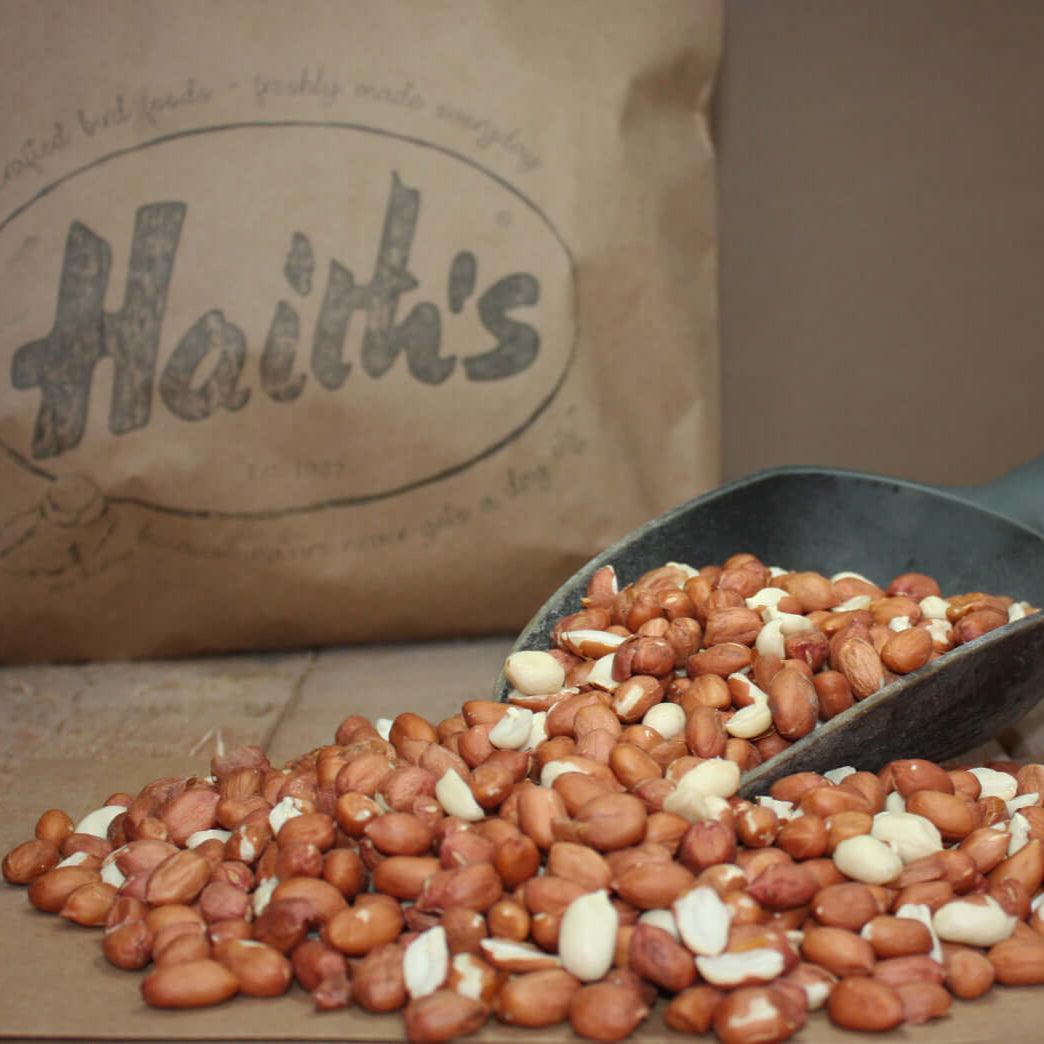
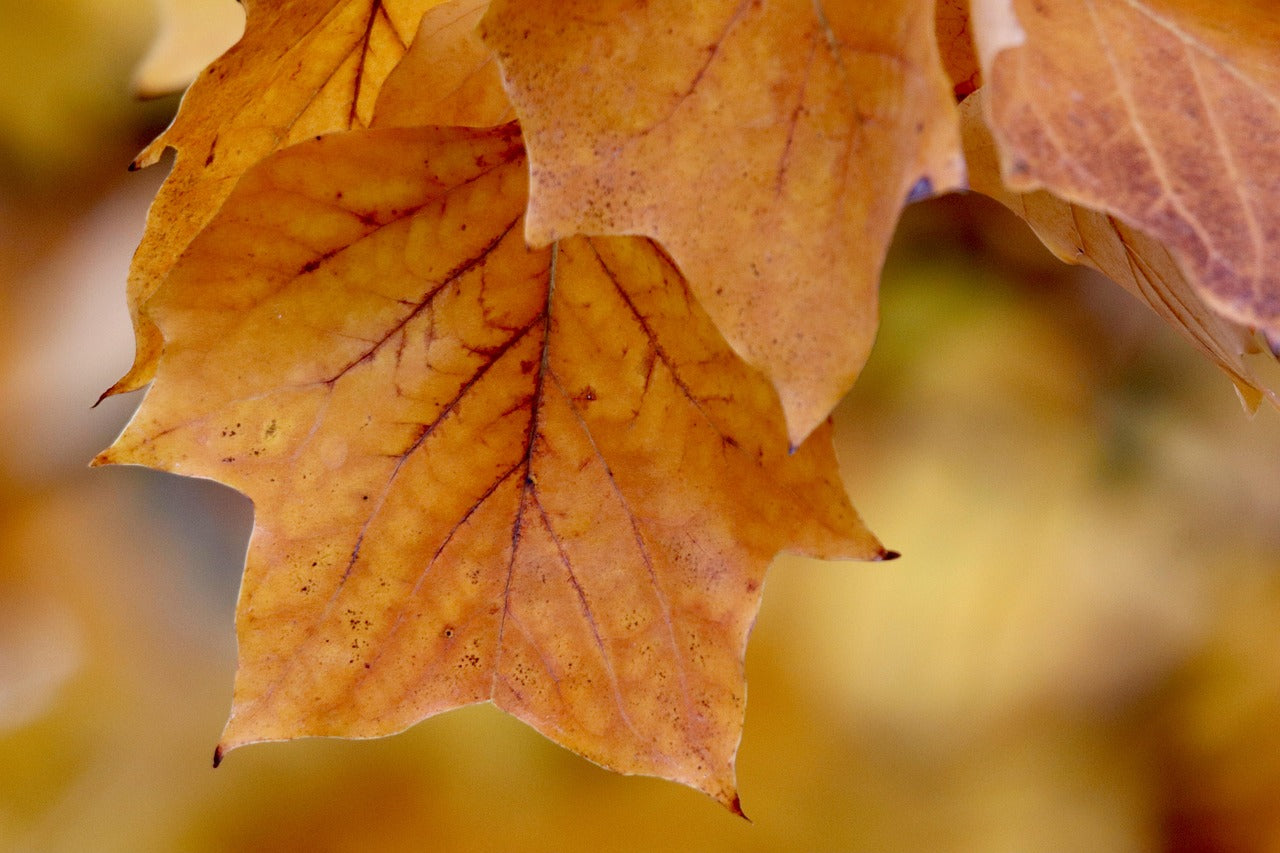
More Than Food: Creating a Bird-Friendly Autumn Garden
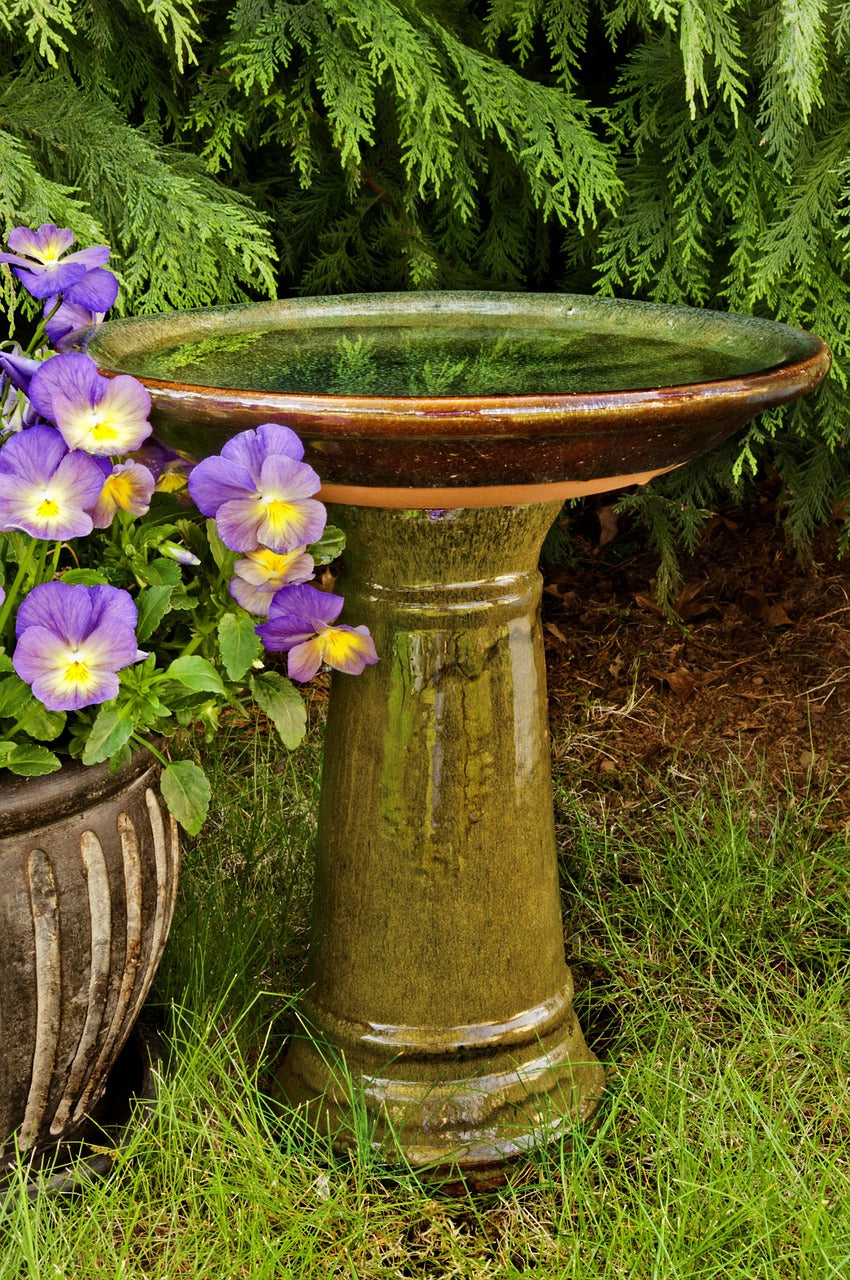
Feeding is essential, but it’s not the only way to help. Birds also need shelter, clean water, and safe spaces to roost and forage. As you prepare your garden for autumn, think beyond tidiness and
consider how your space can serve wildlife.
- Water: Place a birdbath in a quiet, open spot where birds can drink and bathe. Refresh it daily and keep it ice-free once temperatures drop.
- Shelter: Dense hedges, evergreens, and climbing plants provide cover from predators and harsh weather. If your garden is more open, consider planting native shrubs or even leaving a small pile of logs and leaves for added habitat.
- Nesting and roosting boxes: Even though breeding is over, many birds use boxes to roost at night, sharing body heat to survive colder spells. Clean existing boxes now and position new ones in sheltered spots.
- Natural food: Leave seed heads on plants such as teasels, sunflowers, and coneflowers, which birds will pick at through autumn and winter. Berry-bearing shrubs like hawthorn, holly, and rowan also provide a natural buffet.
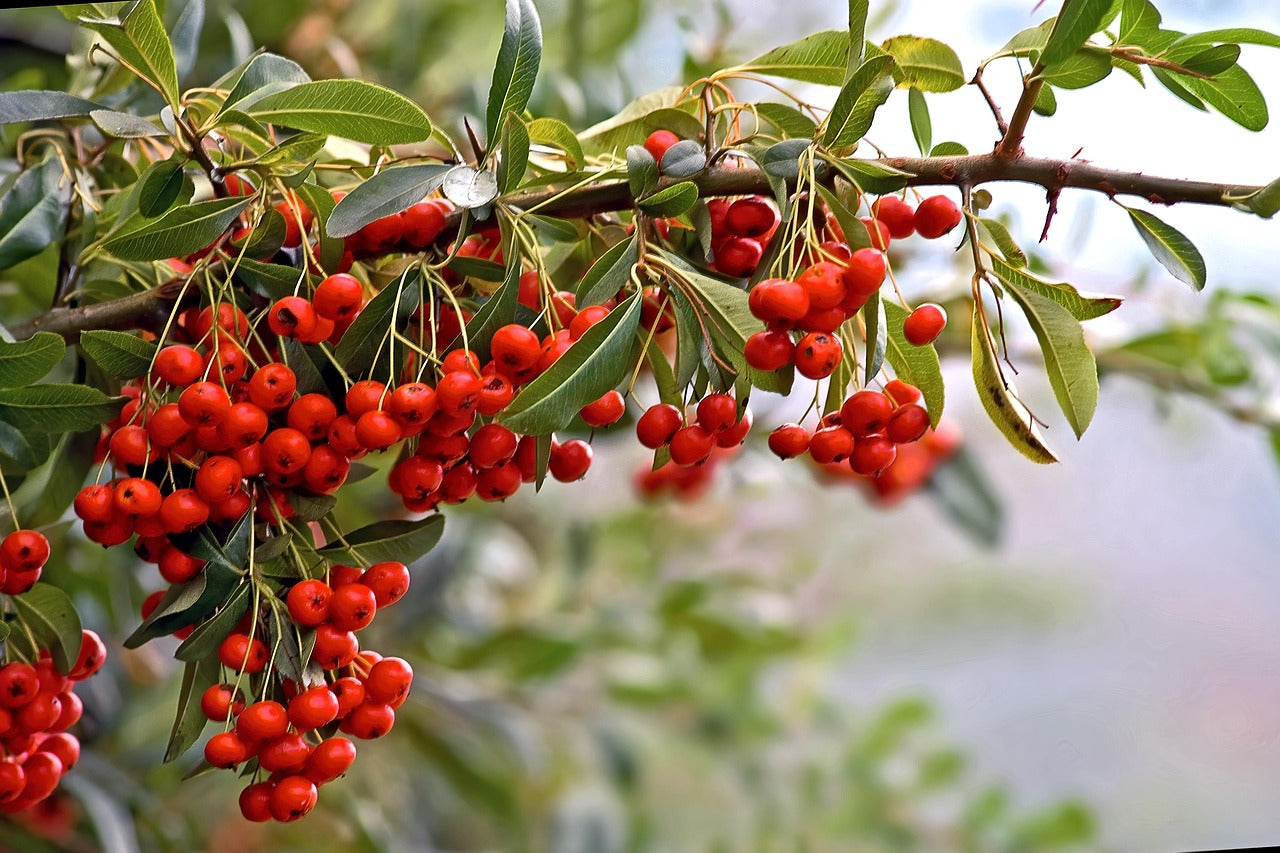
Garden Care in Autumn: Supporting Soil, Plants, and Wildlife
Autumn garden tasks aren’t just about tidying up; they can actively benefit wildlife. Here are a few tips to balance order with nature:
-

Leave some leaves
Clear them from lawns and paths, but pile them in a corner where insects can shelter. These insects, in turn, become food for birds.
-

Mulch and feed
Use leaf mould, compost, or manure to improve soil structure and protect plant roots. Healthy borders mean more nectar, seeds, and shelter next year.
-

Plant for spring
Autumn is the perfect time to plant bulbs, shrubs, and trees. Choose species that will provide blossom for pollinators in spring and fruits or seeds for birds later in the year.
-

Lawn care
Aerating and feeding your lawn now helps it recover from summer stress and prepares it for winter weather. A well-maintained lawn also attracts worms a natural food source for thrushes and blackbirds.
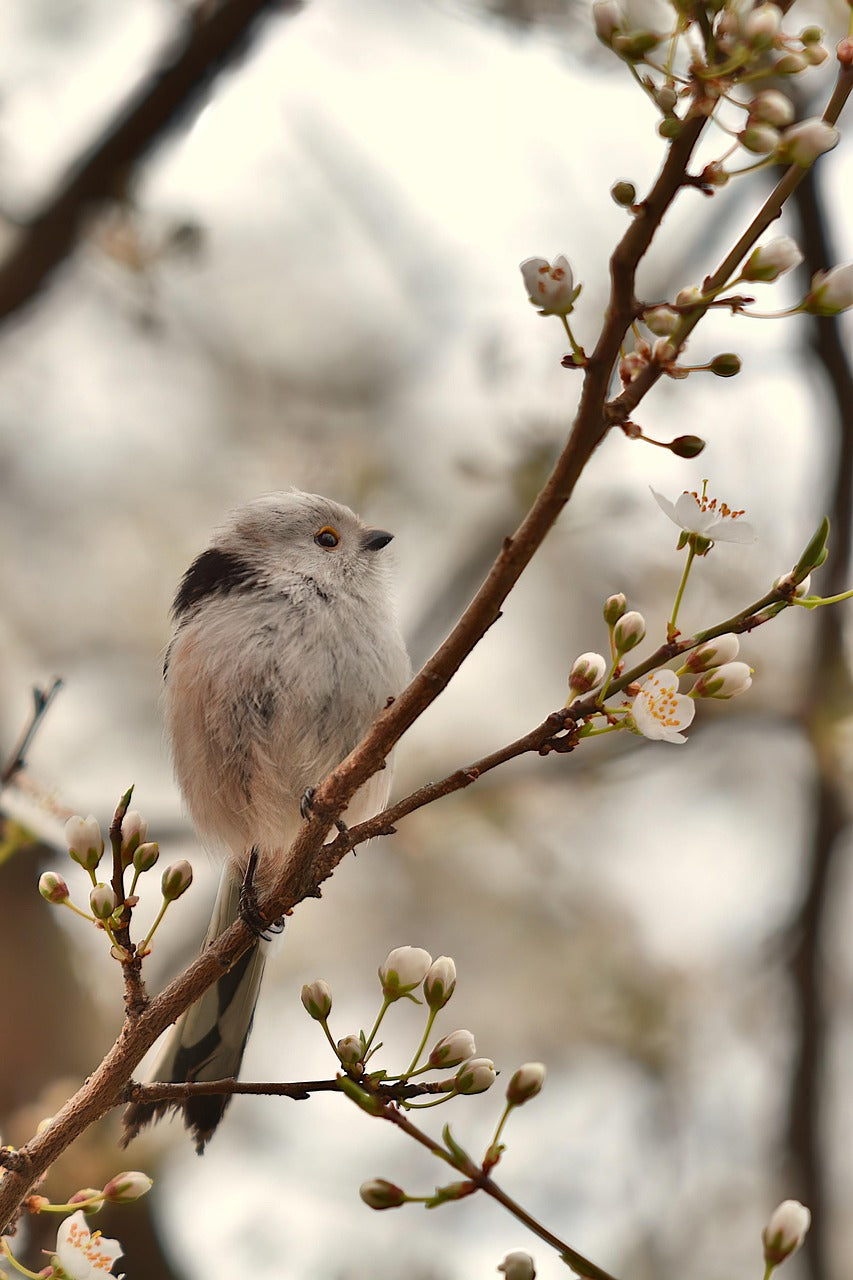
The Joy of Autumn Birdwatching
One of the great rewards of feeding birds in autumn is the spectacle it brings to your garden. Watching a robin dart between feeders, a family of long-tailed tits passing through, or a bold nuthatch hammering at a peanut is a reminder that gardens are living spaces, not just
outdoor rooms.
Birds also repay our efforts in practical ways: by controlling pests such as aphids, caterpillars, and grubs, they help keep your garden in balance. Supporting them now means stronger bird populations in spring, when they will return the favour by singing, nesting, and bringing up chicks.
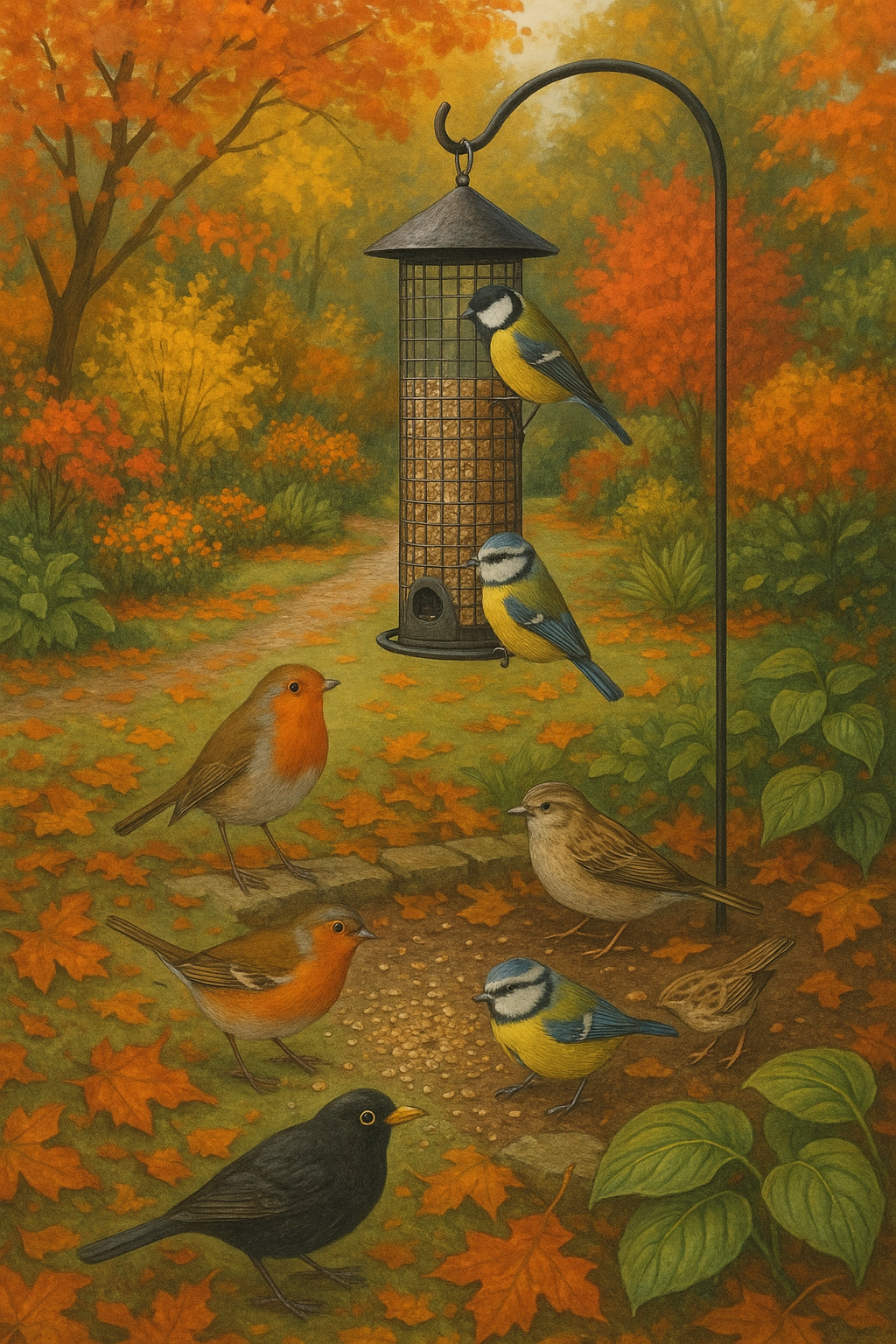
Are You Autumn Ready?
As the days shorten and temperatures dip, gardens change pace. For us, it is a time of reflection, planning, and gentle preparation. For birds, however, it is a race against time to build strength
and survive the challenges ahead.
By topping up feeders with dried mealworms, Huskfree Advance, a Medley high-energy mix, premium peanuts, and sunflower hearts, you provide the nourishment they desperately need. By offering water, shelter, and a thoughtful approach to garden care, you transform your outdoor
space into a haven for wildlife.
So, is your garden autumn ready? With just a little effort, you can ensure it is and in doing so, you’ll be rewarded with the colour, life, and song of garden birds all season long.
Written by Chris
